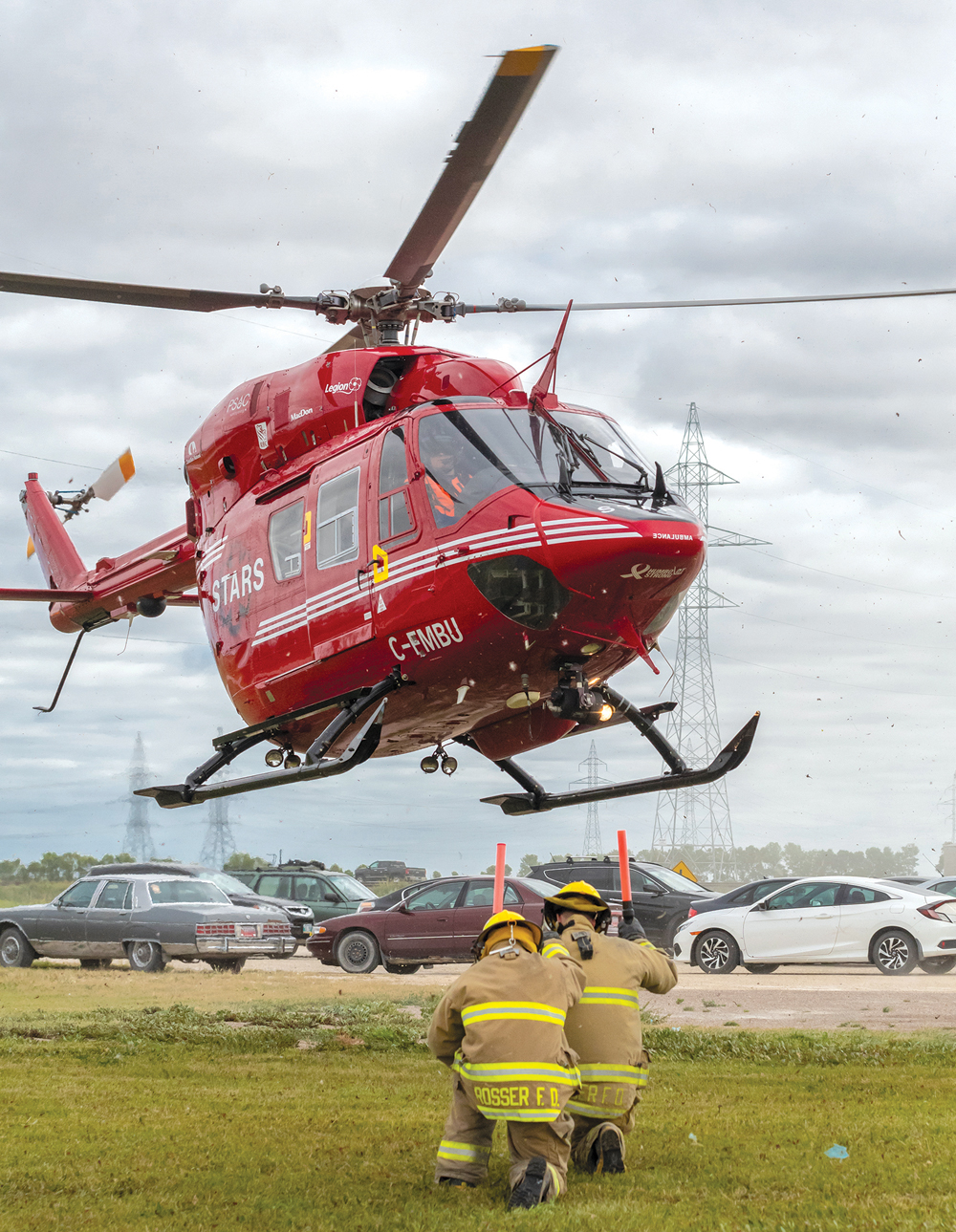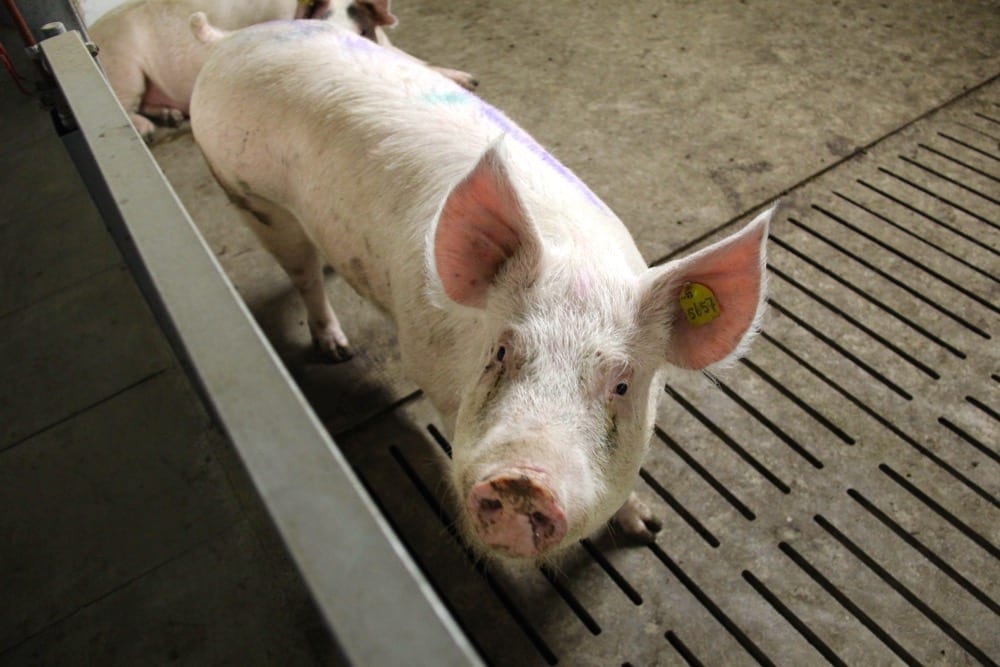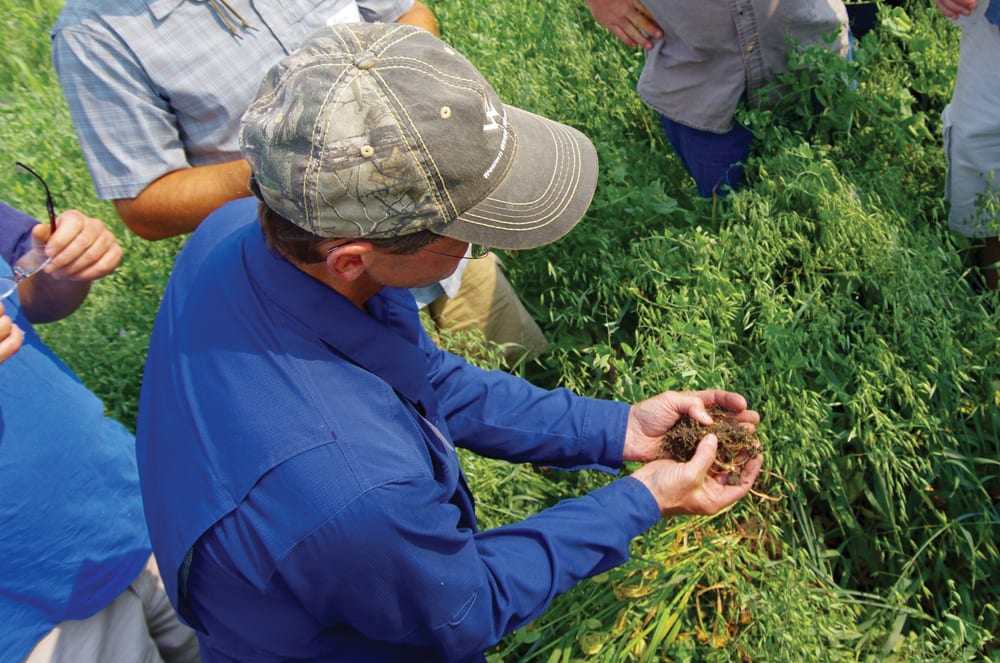Since its conception 30 years ago, STARS has been a not-for-profit organization and in Manitoba, patients do not receive any request for repayment of the cost of their transport.
An average flight runs at approximately, $5,400 and a medically equipped helicopter costs $5 million.
Funding for the service comes from donations and fundraising, and the Government of Manitoba’s commitment to funding the base, which sees STARS compensated $10 million a year.
“We operate similar to hospital foundations. Money that is raised through fundraisers is used to offset some of the cost of running the service so that we aren’t as reliant on government dollars,” said Betty Lou Rock, vice-president of operations with STARS.
Read Also

First Manitoba hay harvest short
Manitoba’s first hay cut of 2025 isn’t huge by initial counts, but things are worse farther west in the Prairies
“The funds raised are also used to enhance our education program. We have a very robust education program for our doctors and medics, which include some pretty sophisticated simulation equipment.”
Funds will also be streamed into STARS mobile education unit, a large bus that is equipped with a series of simulators.
“Sometimes it is difficult for rural individuals to get to Winnipeg for education and so it is such an advantage to be able to take this education to them,” said Rock.
The mobile education unit gives health-care professionals throughout the province a chance to practise critical care scenarios, training that is unavailable otherwise.
STARS uses BK117, twin-engine, high-performance helicopters, which fly approximately 240 kilometres an hour.
“The helicopter is much faster than a ground ambulance and we are capable of landing in a lot of different places,” said Rock. “In situations with heart attacks, strokes and head trauma, the faster we can get those folks to high-level care, the better they are going to do.”
The helicopter interior is outfitted similar to an intensive care unit, with various monitors, pumps, specialized equipment and an ultrasound.
Every flight consists of a crew of two senior pilots, an advanced care paramedic and critical care nurse. In addition, an emergency physician is on call to be in flight or guide care.
“Our medics and nurses are highly trained individuals and bring a level of care that is many times not available in rural Manitoba,” said Rock, who, prior to joining STARS, ran the critical care program at the Winnipeg Health Authority for 12 years.



















